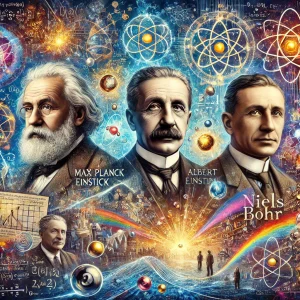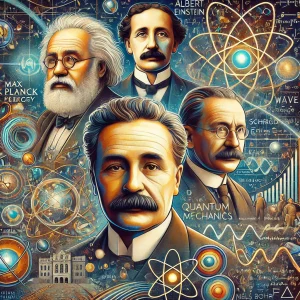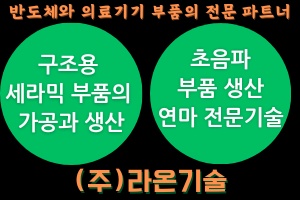In the fascinating world of quantum mechanics, where particles dance in unpredictable ways and the very fabric of reality twists and turns, there are stories waiting to be told. “Quantum Chronicles: Pioneers and Their Breakthroughs” delves into the lives and discoveries of the brilliant minds who dared to explore this bewildering frontier. Join us on a journey through the annals of science history, where curiosity and intellect collided to produce some of the most groundbreaking revelations known to humankind.

Unveiling Quantum Chronicles: Meet the Pioneering Minds
Imagine a world where the accepted norms of classical physics begin to crumble, making way for a realm of possibilities that even the greatest minds had never dreamed of. Enter Max Planck, the father of quantum theory. In 1900, Planck introduced the revolutionary idea that energy is quantized, a concept that would forever change the landscape of physics. His work laid the foundation for a new era, and his name became synonymous with the constant (Planck’s constant) that defines quantum mechanics.
Next, we meet the enigmatic Albert Einstein, whose 1905 paper on the photoelectric effect provided further evidence for the quantum nature of light. While Einstein is often remembered for his theory of relativity, his contributions to quantum mechanics were equally transformative. By proposing that light could be both a particle and a wave, Einstein planted the seeds for what would become one of the most debated and explored phenomena in modern science.
No journey through quantum chronicles would be complete without mentioning Niels Bohr. With his groundbreaking model of the hydrogen atom in 1913, Bohr introduced the concept of quantized energy levels, forever altering our understanding of atomic structure. His Copenhagen interpretation of quantum mechanics, co-developed with Werner Heisenberg, remains one of the most widely accepted explanations of how quantum systems behave. Bohr’s work not only advanced the field but also inspired countless other scientists to delve deeper into the quantum world.

Breakthrough Moments: Quantum Leaps in Science History
The story of quantum mechanics is punctuated by monumental breakthroughs that have shaped our understanding of the universe. One such moment came in 1925 when Werner Heisenberg formulated the matrix mechanics representation of quantum theory. This new mathematical framework allowed scientists to predict the behavior of quantum systems with unprecedented accuracy. Heisenberg’s uncertainty principle, which states that one cannot simultaneously know both the position and momentum of a particle with absolute precision, introduced a fundamental limit to our knowledge and sparked intense philosophical debates.
Another pivotal moment occurred in 1926 with Erwin Schrödinger’s wave equation. Schrödinger provided a different but complementary approach to Heisenberg’s matrix mechanics, describing quantum systems in terms of wave functions. This wave-particle duality became a cornerstone of quantum mechanics, leading to the famous thought experiment Schrödinger’s cat, which illustrated the paradoxes inherent in quantum theory. Schrödinger’s work opened up new avenues of research and solidified the mathematical framework of quantum mechanics.
The mid-20th century brought about perhaps one of the most astonishing developments in quantum physics: Richard Feynman’s path integral formulation and his development of quantum electrodynamics (QED). Feynman’s diagrams provided a visual and conceptual tool for understanding particle interactions, revolutionizing the field and earning him a Nobel Prize in 1965. QED not only explained how light and matter interact but also laid the groundwork for subsequent theories that seek to unify all fundamental forces of nature.
The chronicles of quantum mechanics are far from complete. As we continue to probe the depths of the subatomic world, each discovery builds upon the legacy of the pioneering minds who came before. From the quantization of energy to the wave-particle duality and beyond, these breakthroughs have not only expanded our scientific horizon but have also enriched our appreciation of the universe’s wondrous complexity. “Quantum Chronicles: Pioneers and Their Breakthroughs” reminds us that the spirit of discovery is alive and well, and the next quantum leap could be just around the corner.








